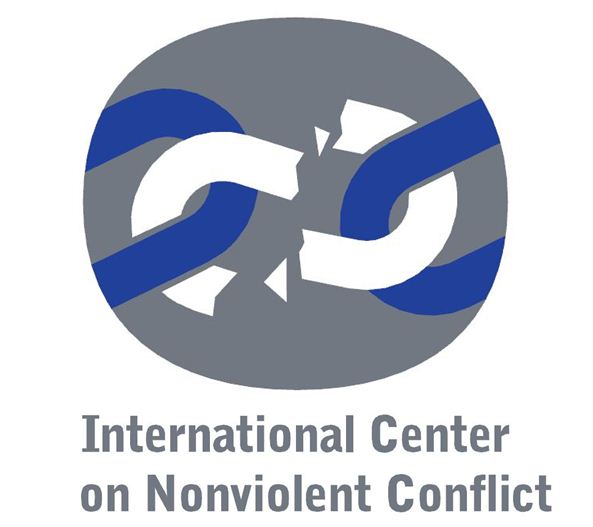The peace process launched in 1993 was always opposed by sections of the Israeli population, especially the settlers, and by some Palestinians, including the Islamist political movement Hamas, which maintained the right to respond to Israeli provocation and was responsible for some suicide bombings within Israel. In September 2000, following frustration at the lack of substantive change in circumstances despite the so-called peace process, and the provocative visit by Ariel Sharon to Temple Mount/Haram Sharifi (holy to both Muslims and Jews), a second uprising broke out. Israel responded immediately to protests with shooting and systematic repression.
The Second Intifada was much more violent than the first. Individuals and groups in the Palestinian territories argued early in 2001 for mass involvement and nonviolent methods, but the armed militias were at the forefront of the struggle and sponsored the new tactic of suicide bombings inside Israel, which in turn prompted Israeli retaliation and major military incursions into Palestinian territory. Over time, however, many Palestinians have adopted a range of primarily nonviolent methods of protest. The Israeli decision in 2002 to build a separation wall between the West Bank and Israel, in the process expropriating Palestinian land, has in particular become a focus of continuing unarmed resistance by local communities affected by it supported by civil society groups. The ‘Karama (dignity) pledge’ launched in 2010 promoted a popular boycott of all Israeli settler produce (over 500 items were identified), and in May 2012 Palestinian prisoners managed to win concessions from the Israeli authorities by a coordinated hunger strike. Unarmed Palestinian protests have also been supported and publicised internationally by the involvement of a range of transnational solidarity activists and observers.
On the ongoing unarmed struggle, see:










 The online version of Vol. 1 of the bibliography was made possible due to the generous support of the
The online version of Vol. 1 of the bibliography was made possible due to the generous support of the  The online version of Vol. 2 of the bibliography was made possible due to the generous support of
The online version of Vol. 2 of the bibliography was made possible due to the generous support of  esistance.info
esistance.info

